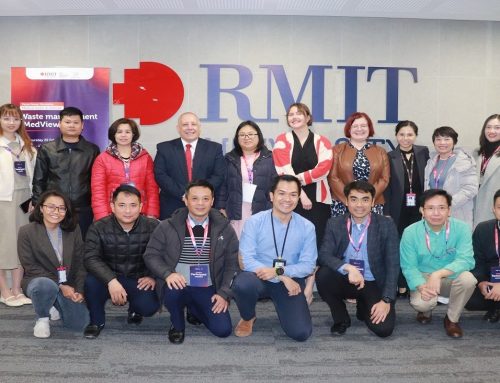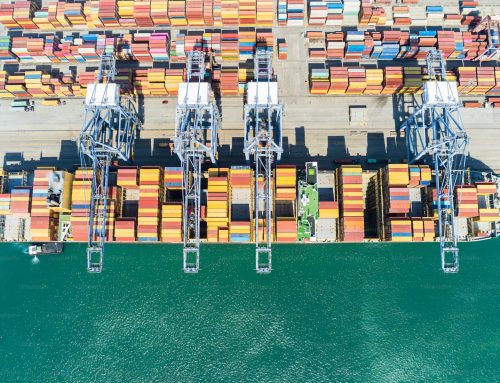The World Meteorological Organization’s October 2017 Greenhouse Gas Bulletin (see https://public.wmo.int/en/media/press-release/greenhouse-gas-concentrations-surge-new-record) reports there has been a 40% increase in total radiative forcing since 1990 – the warming effect on our climate – citing figures from the US National Oceanic and Atmospheric Administration. Long-lived greenhouse gases cause this forcing, including carbon dioxide (CO2) with average global concentrations increasing from 400.0 parts per million (ppm) in 2015 to 403.3 in 2016.
At the same time, organizations are trying to ensure optimum fuel management of their transport fleets due increasing fuel and other transport costs. Fuel accounts for 30% of operating costs in most transport companies; an average heavy goods vehicle (HGV) in the UK travels 80,000 miles per year and uses £64,000 of diesel and best practice fuel management might provide a saving of 5% per year or around £3,200.
However, while effective fuel management helps organisations save money they can also achieve environmental benefits through a lower CO2 footprint from reduced emissions. There are many ways that organisations can achieve these benefits to reverse CO2 increases. Following are a few examples:
1. Cutting the number of road miles
Understanding how to map expedient routes can help organisations increase deck or floor utilisation and make the most of the miles vehicles travel. Organisations can also decrease empty running by working together to find backhauling opportunities, which will reduce the total number of journeys. However, this is sometimes difficult as some goods have specific transport characteristics relative to other goods, e.g. pharmaceuticals and livestock. Imbalances in schedules may also cause underutilisation. Finally, delivery patterns usually vary and there is less demand for freight transport over a weekend.
2. Driving vehicles optimally
Recruitment of the right people and training in correct practices are also key. A person drives a vehicle, at least until autonomous vehicles come into force, and therefore has the most impact on its fuel management. The introduction in the UK of the driver’s certificate of professional competence (CPC) in 2009 resulted in an approximately a £10.5 million saving in fuel costs over one year by over 6,350 drivers achieving the CPC.
3. Using in-cab telematics
Telematics generally refers to remote devices that help transport organisation by combining information technology (IT) and modern telecommunications to control or monitor vehicles, drivers, trailers and other mobile assets. Some of these systems can monitor vehicle location, activity at any given time, and driver performance and personal security. Telematics can help organisation better manage assets more effectively and gain a greater understanding of the performance of their transport operations.
Current developments on autonomous vehicles are essentially an advanced form of telematics that inform the vehicle and not a driver. Telematics are also useful in other situations. For example, our current EU research project entitled Integrated system for real-time TRACKing and collective intelligence in civilian humanitarian missions (iTRACK) aims to develop human-centred technologies that take into account actual real-world practices of humanitarian aid workers and provide policies for better protection and a more effective and efficient response (see http://www.itrack-project.eu/).
Our recent research in the HumLog Institute regarding these and many other aspects has resulted in the publication of two books this past year. Sustainable Logistics and Supply Chain Management considers these aspects more generally (see https://www.koganpage.com/product/sustainable-logistics-and-supply-chain-management-9780749478278), while Supply Chain Management for Humanitarians focuses specifically on humanitarian situations (see https://www.koganpage.com/product/supply-chain-management-for-humanitarians-9780749474683).




